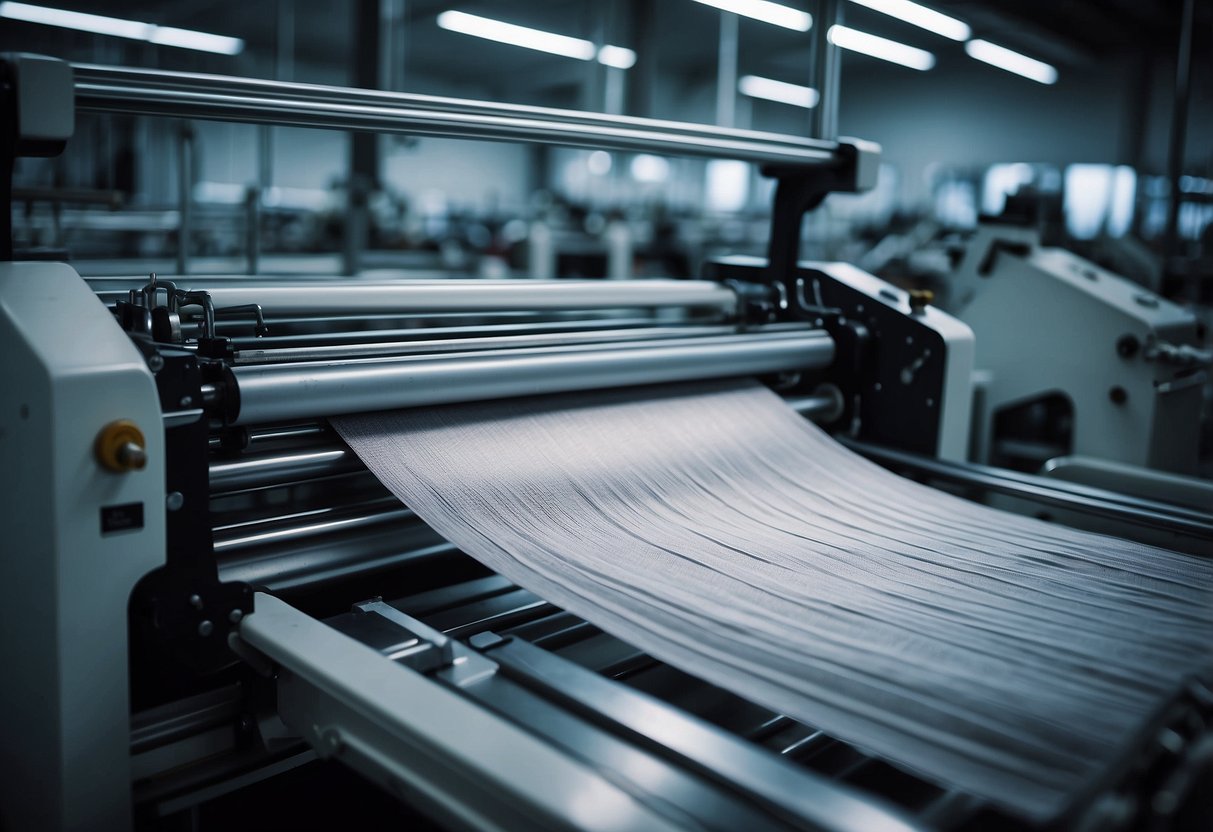
Smart Fabrics in Sports and Fitness
Smart fabrics are revolutionizing the way athletes train and monitor their performance. These advanced textiles provide insights into physical activity, help prevent injuries, and enhance overall fitness experiences through data-driven feedback and functionality.
Enhancing Athletic Performance
In sports such as running, cycling, and gym workouts, smart fabrics are designed to optimize physical output. These fabrics are embedded with sensors that monitor heart rate, muscle vibration, and movement patterns. The data collected can help athletes adjust their technique to improve performance and efficiency.
Athletes can benefit from clothing that adapts to environmental conditions. For example, some smart fabrics regulate temperature by wicking sweat away from the body and providing ventilation in key areas. This ensures athletes remain comfortable during intensive training sessions and competitive events.
Moreover, smart fabrics contribute to injury prevention. By monitoring biometric data, these textiles alert users to unusual muscle strain or joint stress, enabling them to take preventive measures. This proactive approach helps in extending athletes’ careers and maintaining their fitness levels.
Wearable Technology for Fitness Tracking
Wearable technology integrated into smart fabrics offers seamless fitness tracking. These garments often include sensors that measure metrics such as steps taken, calories burned, and sleep patterns. The real-time data is transmitted to mobile apps, allowing users to track their progress and set personalized fitness goals.
Yoga and other forms of low-impact exercises also benefit from these innovations. Smart fabrics can provide feedback on body alignment and posture. This helps practitioners refine their form and avoid injuries, enhancing the overall mindfulness and effectiveness of their routines.
Sustainability is an important aspect of smart wearable tech. Many smart fabrics are made from eco-friendly materials, contributing to a more sustainable fitness industry. By choosing smart activewear, consumers support practices that benefit both personal health and the environment.
Comfort and Fit: The Wearers’ Experience

Smart fabrics in activewear offer notable benefits in terms of comfort and fit. They cater to various needs, accounting for both movement and ease, transforming the user’s overall experience.
The Importance of Comfortable Fit
A comfortable fit in activewear is crucial for performance. Wearers often engage in high-movement activities, so the gear must provide both support and flexibility. The fit should be snug yet non-restrictive, allowing the body to move freely.
Smart fabrics adapt to the wearer’s body, offering a customized fit. This eliminates the problems commonly associated with traditional materials, such as irritation or tightness. Wearers experience fewer distractions, enabling them to focus more on their activity. Smart activewear also helps regulate body temperature, contributing significantly to overall comfort.
Materials that Move with You
Activewear incorporating smart fabrics often includes materials that are stretchy and elastic. These materials easily conform to the body, providing ease of movement. Stretchy fabrics, like elastane, ensure that the wearer’s actions are not hindered.
Additionally, lightweight materials are often used to enhance comfort. They prevent the fabric from feeling cumbersome, allowing for a nearly unnoticeable wear. These fabrics also wick away moisture, keeping the wearer dry and comfortable.
Smart fabrics excel in combining elasticity and lightweight properties. This marriage of features ensures that the clothing moves seamlessly with the wearer, making the apparel feel like a second skin. The focus remains on allowing optimal performance without sacrificing comfort.
Sustainability in Smart Fabric Production
Sustainability in smart fabric production focuses on integrating eco-friendly materials and practices. This includes using recycled materials and adopting environmentally conscious manufacturing processes.
Use of Recycled Materials
In the production of smart fabrics, recycled materials play a crucial role. Companies often utilize recycled plastic bottles to create polyester yarns, which are both robust and versatile. By transforming waste into useful fibers, manufacturers reduce landfill waste and conserve natural resources.
Natural fibers like bamboo are also gaining popularity in the activewear industry. Bamboo is fast-growing and requires fewer resources compared to conventional crops like cotton. Its use in fabric production reduces the environmental footprint while maintaining the desired qualities of comfort and breathability in smart fabrics.
Eco-Friendly Manufacturing Practices
Eco-friendly manufacturing practices involve minimizing the environmental impact throughout the production process. Techniques such as waterless dyeing and using natural dyes greatly reduce water consumption and pollution. This approach not only conserves water but also mitigates the release of harmful chemicals into the environment.
Energy-efficient manufacturing processes are another critical aspect. Implementing renewable energy sources, such as solar and wind power, in factories helps decrease the carbon footprint. Additionally, ensuring that production facilities adhere to stringent environmental standards can further guarantee sustainable practices.
By focusing on sustainable practices, the smart fabric industry not only advances technologically but also contributes positively to environmental conservation efforts.



